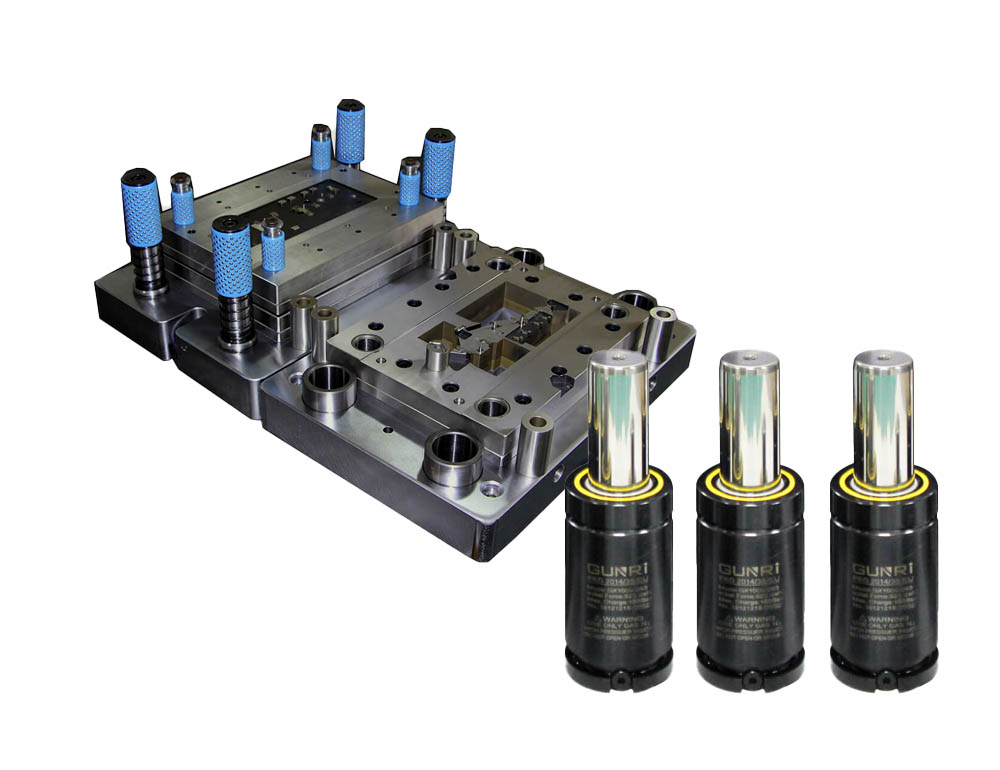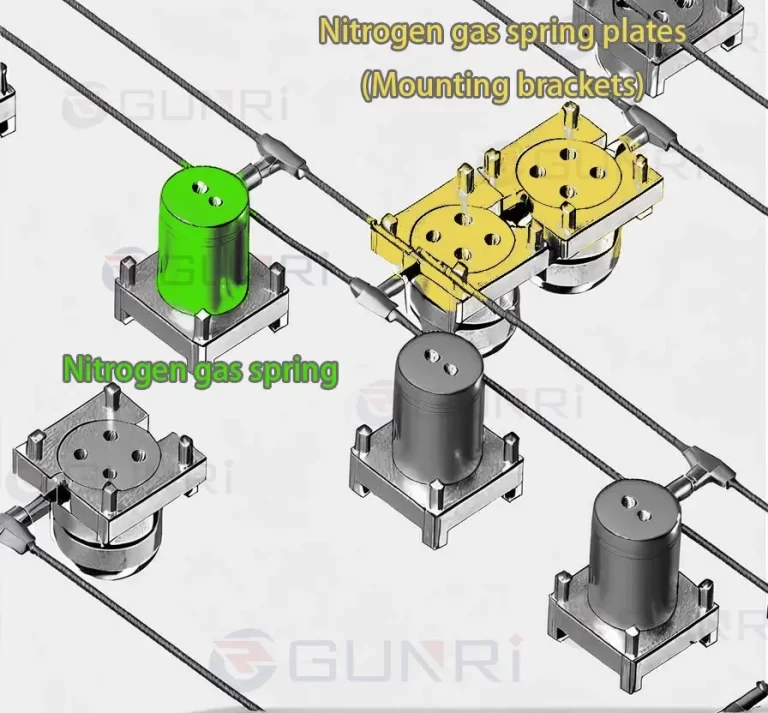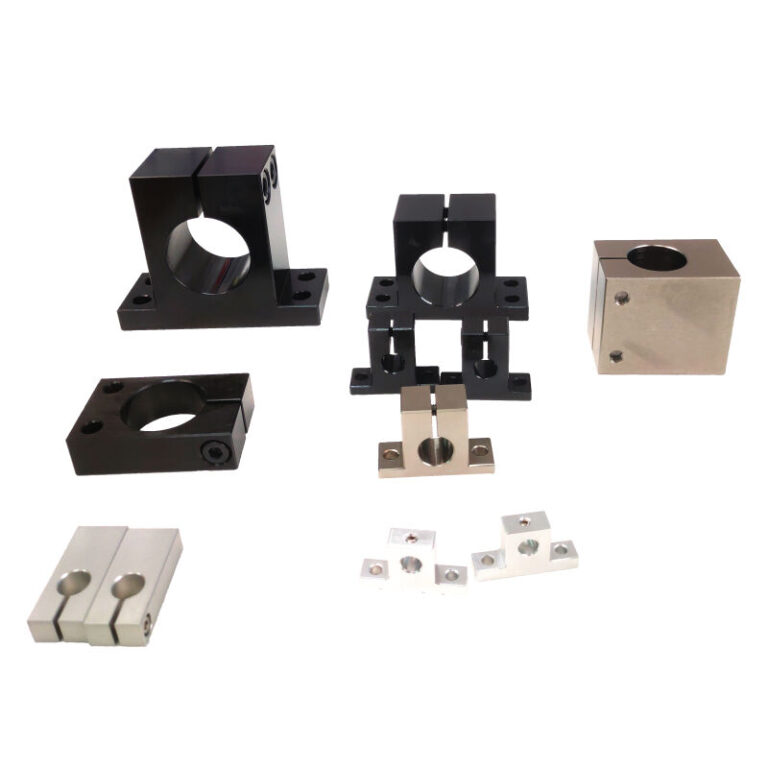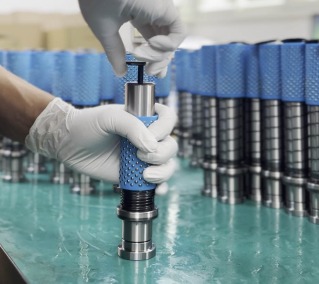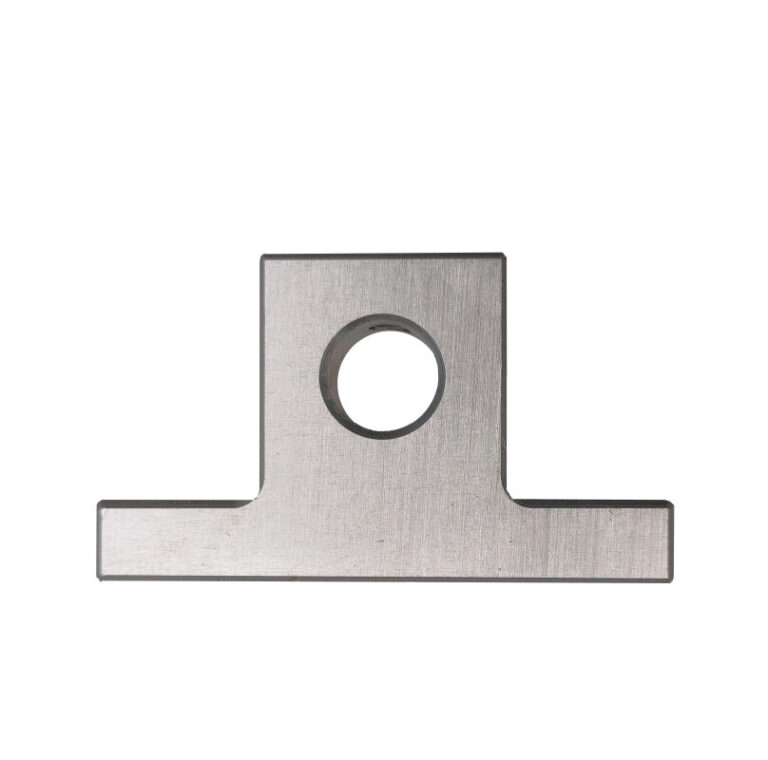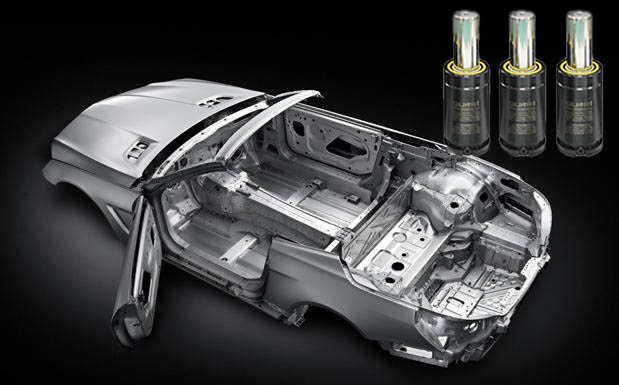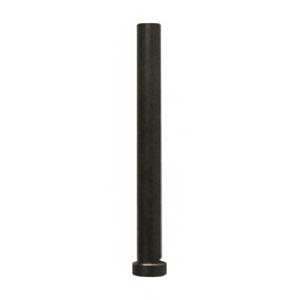A Beginner’s Guide to Nitrogen Gas Springs in Molds
Nitrogen gas springs are increasingly becoming essential components in modern mold and die design. They offer significant advantages over traditional mechanical springs, contributing to improved mold performance, longer lifespan, and enhanced part quality. This guide provides a foundational understanding of nitrogen gas springs for those new to the technology.
What are Nitrogen Gas Springs?
At their core, nitrogen gas springs are devices that utilize the compressibility of nitrogen gas to generate force. Unlike mechanical springs which rely on the elasticity of metal, gas springs provide a more consistent and controllable force throughout their stroke. This is achieved by compressing nitrogen gas within a sealed cylinder.
- Key Principle: Compressed nitrogen exerts pressure, creating a pushing force.
- Controllable Force: The force can be adjusted by changing the gas pressure.
Why Use Nitrogen Gas Springs in Molds? Key Advantages
Integrating nitrogen gas springs into your mold design offers numerous benefits:
- Consistent Force: Provides a uniform force throughout the entire stroke, unlike mechanical springs where force increases with compression.
- Space Savings: Often more compact than equivalent mechanical spring arrangements, allowing for more design flexibility.
- Increased Lifespan: Generally have a longer service life compared to mechanical springs due to reduced stress and wear.
- Improved Part Quality: Consistent force application leads to more uniform and accurate molded parts.
- Reduced Vibration & Noise: Can contribute to a quieter and more stable molding process.
- Adjustable Force: The force can be easily adjusted to fine-tune the mold’s performance.
- Higher Force Capability: Can achieve higher forces compared to mechanical springs within the same footprint.
Key Components of a Nitrogen Gas Spring
Understanding the basic parts helps in comprehending their function:
- Cylinder: A robust, sealed container holding the compressed nitrogen gas.
- Piston & Rod: The moving part that extends and retracts, transmitting the force.
- Seals: Critical for maintaining gas pressure and preventing leaks. High-quality seals ensure long-term reliability.
- Gas Port/Valve: Used for charging and adjusting the nitrogen gas pressure.
- Mounting Features: Allow for secure attachment of the gas spring within the mold.
Common Types of Nitrogen Gas Springs Used in Molds
While various designs exist, some common types include:
- Standard Nitrogen Gas Springs: General-purpose springs available in a wide range of forces and stroke lengths.
- Compact Nitrogen Gas Springs: Designed for applications with limited space, offering high force in a smaller package.
- Tandem Nitrogen Gas Springs: Consist of multiple cylinders connected to provide increased force.
- Linkage Nitrogen Gas Springs: Designed for specific applications involving complex movements.
Typical Applications of Nitrogen Gas Springs in Molds
Nitrogen gas springs are utilized in various mold functions:
- Lifters: Ejecting parts from the mold.
- Strippers: Removing the molded part from the core or cavity.
- Die Cushions: Providing controlled pressure during forming operations in dies.
- Knock-Out Systems: Assisting in the ejection of parts.
- Valve Gate Actuation: Controlling the flow of material into the mold cavity.
Basic Considerations for Selecting Nitrogen Gas Springs
For beginners, these are crucial factors to consider:
- Required Force: Determine the necessary force based on the application’s demands.
- Stroke Length: The distance the gas spring needs to extend or retract.
- Mounting Space: Ensure the chosen gas spring fits within the available space in the mold.
- Operating Temperature: Select springs rated for the expected operating temperature.
- Cycle Life Expectancy: Consider the number of cycles the spring needs to withstand.
Important Safety Precautions
Working with compressed gases requires caution:
- Never disassemble a charged gas spring.
- Handle gas springs carefully to avoid damage.
- Ensure proper mounting and securement.
- Do not exceed the maximum operating pressure.
- Refer to the manufacturer’s guidelines and safety instructions.
Conclusion
Nitrogen gas springs offer significant advantages for mold makers, providing consistent force, saving space, and improving part quality. Understanding the basics outlined in this guide is the first step towards effectively integrating this valuable technology into your mold designs. As you gain more experience, you can explore the more advanced features and applications of nitrogen gas springs.

